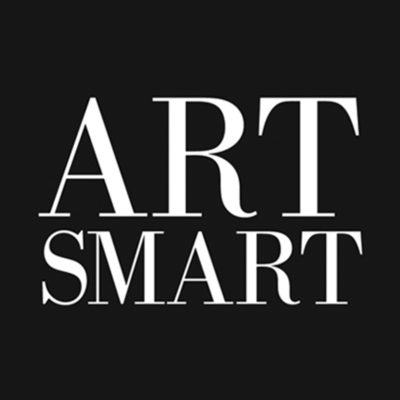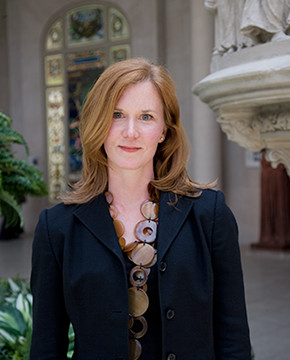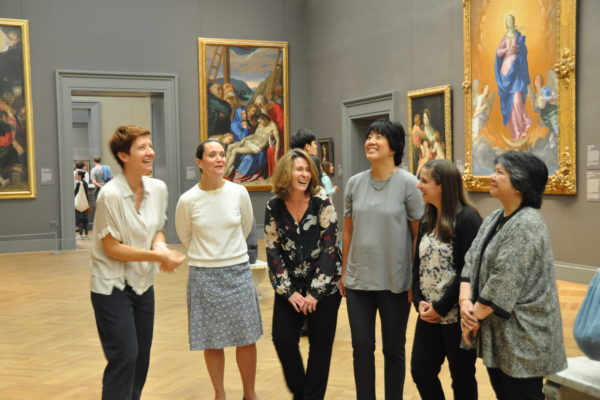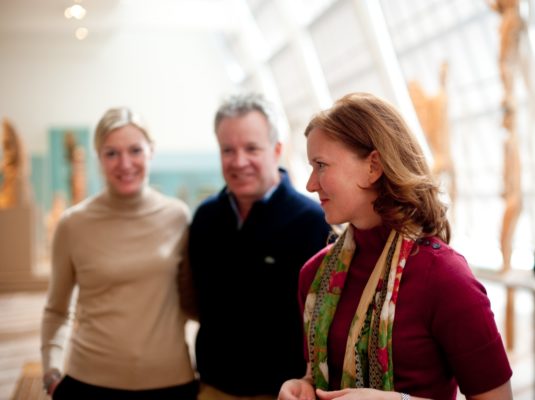Patricia Stachowicz spoke to Judith Walsh in New York about the customized ART TOURS industry

How It All Started:
In 2001, ART SMART Founder Judith Walsh was leading a crowded public tour at The Metropolitan Museum of Art. One of her attendees happened to be the renowned media personality and sex therapist, Dr. Ruth, who had several engaged questions specific to her line of work. Walsh quickly realized the lack of opportunity for art tours based on a person’s individual interests that extended beyond the standard tour categories, ie. Contemporary Artists vs. Old Masters. In 2018, ART SMART expanded the concept of a personalized art tour to corporate audiences and new cities.


Beyond NYC–Expanding ART SMART To Washington D.C., Boston, and Chicago:
A Midwest native and former resident of Boston and Washington D.C, these were natural next cities for Walsh to expand to. It only helps that each of these cities have extensive encyclopedic art collections. In her own words, “our customization to a wide variety of themes thrives in such environments.” One of ART SMART NYC’s strengths is organic internet searches, so these were replicated for the three new cities.

As an art historian with a solid base of connections, Walsh is able to find and evaluate other art historians to work with. Finding fellow experts in the field who have the perfect mix of depth of knowledge and inviting personalities is key to success. “From there it is just time, energy and sweat!”
Determining Which Fields to Intersect With When Cultivating Customized Art Tours:
Since it is an entirely customer-driven experience, ART SMART looks to its audience to figure out what they want to engage with beyond the art world. From there, it finds and builds connections. It also helps that their tours cover a wide variety of venues–because of this, ART SMART is able to recognize and engage with emerging trends and themes earlier than others.
Partnering With A Museum Versus A Gallery:
Galleries differ from museums in that there is an implied “nurture-to-sell” aspect, which is something that has to be kept in mind when leading a tour through one. However, this notion aligns well with the company’s mission in that the viewer may have a personal connection with a piece. Touring a museum requires a more educational approach. Since museums are oftentimes larger in size, the physical distance between each object has to be covered with a solid background knowledge of each piece.
Helping Emerging Artists Gain Exposure:
In Walsh’s words, “our goal is always to help connect people with their passions, and for our clients, discovering where that connection can be found is challenging. There are so many new and emerging artists to keep up with; it is important for us to bring down any barriers and to promote understanding what the artist is really presenting when they present their visual ideas. In a way, we are translators between the emerging artist and the client by helping them communicate with one another despite the fact that they might not speak the same language.”
________________________________________________________________________TThis article is authored by Patricia Stachowicz, Lifestyle & Finance Writer in New York for The Onside Media, get in touch with Patricia Stachowicz: patricia.onside@gmail.com





